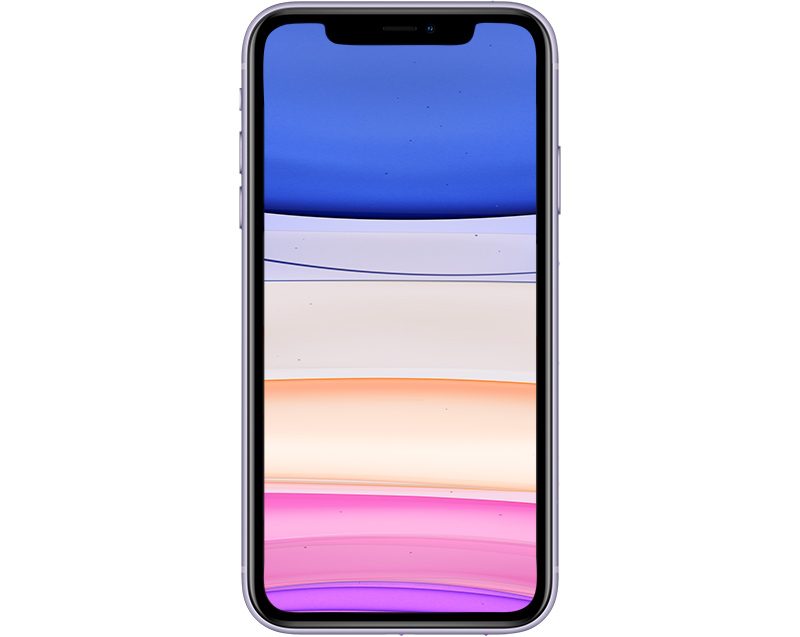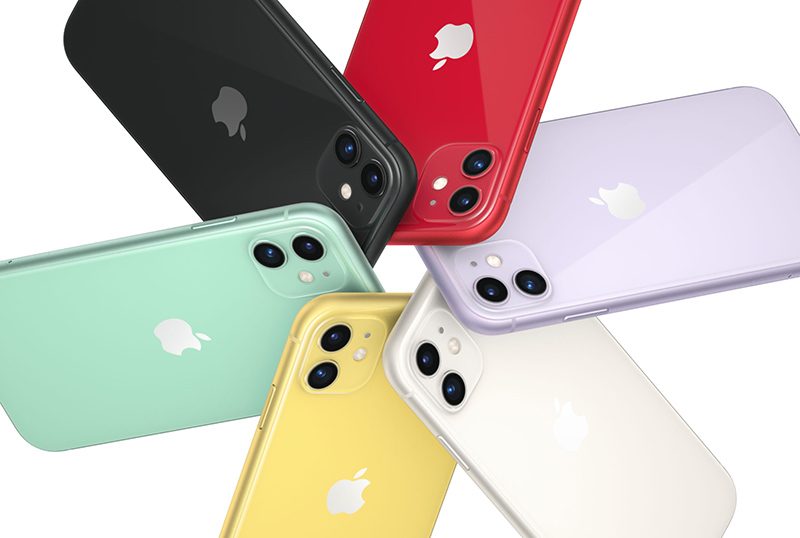iPhone 11: Still a Good Buy? Everything We Know
Apple unveiled the iPhone 11 in September 2019, and it was available as a low-cost option for several years after that, but the iPhone 11 has since been discontinued and it is no longer available from Apple.
The iPhone 11 succeeded the iPhone XR, and it features a 6.1-inch LCD display that Apple calls a “Liquid Retina HD Display.” It features a 1792 x 828 resolution at 326ppi, a 1400:1 contrast ratio, 625 nits max brightness, True Tone support for adjusting the white balance to the ambient lighting, and wide color support for true-to-life colors.
Like the iPhone XR before it and other recent iPhone models, the iPhone 11 does not include 3D Touch, instead using Haptic Touch. Haptic Touch is supported across iOS, but it lacks the pressure sensitivity of the 3D Touch feature Apple previously supported.
Design wise, the iPhone 11 features a glass body that comes in six different colors: White, Black, Yellow, (PRODUCT)RED, Purple, and Green.
The iPhone 11 doesn’t look much different than the iPhone XR that preceded it, but at the time of the iPhone 11’s introduction, Apple said it was made from the toughest glass ever in a smartphone at the time and offered improved water resistance (IP68) that has become the standard for iPhones, boosting overall durability. Spatial audio offers a more immersive sound experience, and Dolby Atmos is supported.
While it can’t match up to Apple’s latest iPhones, the camera system on the iPhone 11 sets it apart from the XR, with Apple introducing a new dual-lens camera that was an improvement over the prior single-lens camera. The camera setup features a standard wide-angle camera and an ultra wide-angle camera with a 120 degree field of view. Unlike the larger Pro and Pro Max phones in Apple’s recent lineups, there is no telephoto camera lens on the iPhone 11.
Apple says the ultra wide-angle camera captures four times more scene than the standard wide lens, making it ideal for landscape photos, architecture images, tight shots, and more. Both of the cameras work together to enable Portrait mode for people, pets, objects, and more, an upgrade over the iPhone XR that only supported person shots in Portrait mode.
The camera interface on the iPhone 11 was overhauled with a more immersive experience that lets you see and capture the area outside of the frame using the ultra wide-angle camera if desired. 2x optical zoom out is supported, as is digital zoom up to 5x.
Apple added a new Night mode that’s designed to use the iPhone’s processing capabilities and the new wide camera sensor to capture crisp, clear, bright photos even in very low lighting conditions, similar to the Night Sight mode on Google Pixel devices.
Next-generation Smart HDR takes advantage of machine learning to capture more natural-looking images with improved highlight and shadow detail, and in iOS 13.2, Apple introduced a Deep Fusion feature that uses advanced machine learning techniques for pixel-by-pixel processing of photos, optimizing for texture, details, and noise. All in all, the iPhone 11 offered much improved photographic capabilities over the XR and remains a capable photo device two years later.
4K video recording with extended dynamic range is available at 24, 30, or 60fps, and both of the cameras in the iPhone 11 can be used for recording video, with live swapping available using a simple tap.
A QuickTake video mode lets you hold down on the shutter button in the Camera app to automatically record video with subject tracking, and an Audio Zoom feature matches the audio to the video framing for more dynamic sound.
The front-facing TrueDepth Camera system was updated with a 12-megapixel camera, and made Face ID up to 30 percent faster and able to work from more angles. For the first time, it added supported for 120 fps slo-mo video, allowing users to capture slo-mo selfies, aka “slofies.” The TrueDepth camera also supports next-generation smart HDR for more natural-looking photos and it can record 4K video at 60 fps.


Inside the iPhone 11, there’s an A13 Bionic 7-nanometer chip along with a third-generation Neural Engine. At its introduction, Apple said the A13 Bionic was the fastest chip ever in a smartphone with 20 percent faster CPU and GPU than the A12. Machine Learning Accelerators in the A13 allow the CPU to deliver more than 1 trillion operations per second, and the Neural Engine is faster than in prior chips for real-time photo and video analysis.


When it comes to battery life, the iPhone 11 lasts for one hour longer than the iPhone XR. It supports up to 17 hours of video playback, up to 10 hours of streamed video playback, and 65 hours of audio playback, though it does not match the battery life of some of Apple larger iPhone models. Fast charging is available, but the iPhone 11 only ships with a USB-C to Lightning cable and so extra equipment is required for fast charging.
The iPhone 11 features an Intel modem chip with Gigabit-class LTE, 2×2 MIMO, and LAA, Wi-Fi 6 support (802.11ax) with 2×2 MIMO, Bluetooth 5.0, Dual-SIM with eSIM, and an Apple-designed U1 Ultra Wideband chip that improves spatial awareness and allows for better indoor tracking. In iOS 13.1, the chip gained support for directionally aware suggestions for AirDrop so you can drop files to a person you point your iPhone at.
Note: See an error in this roundup or want to offer feedback? Send us an email here.






